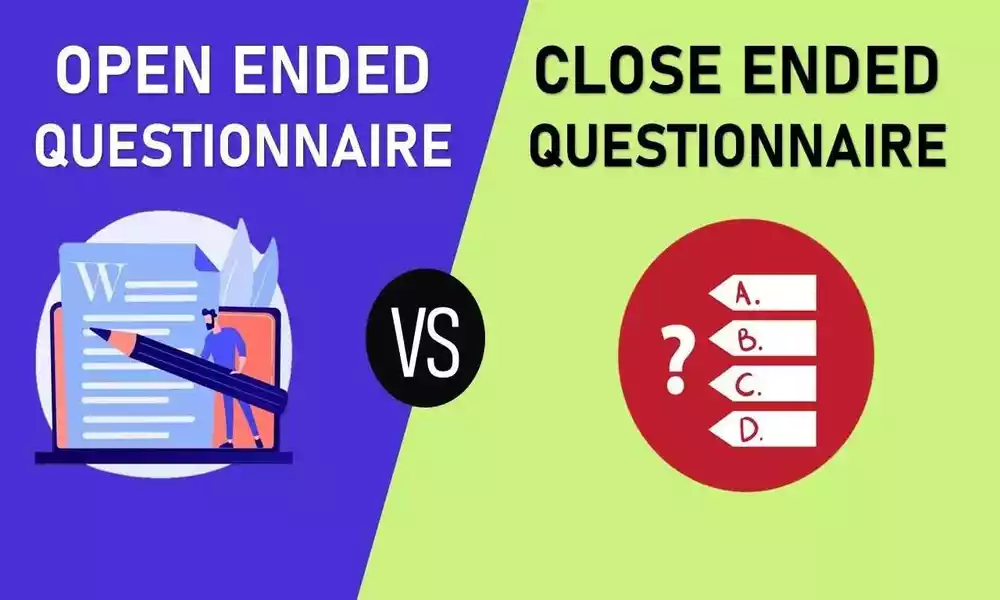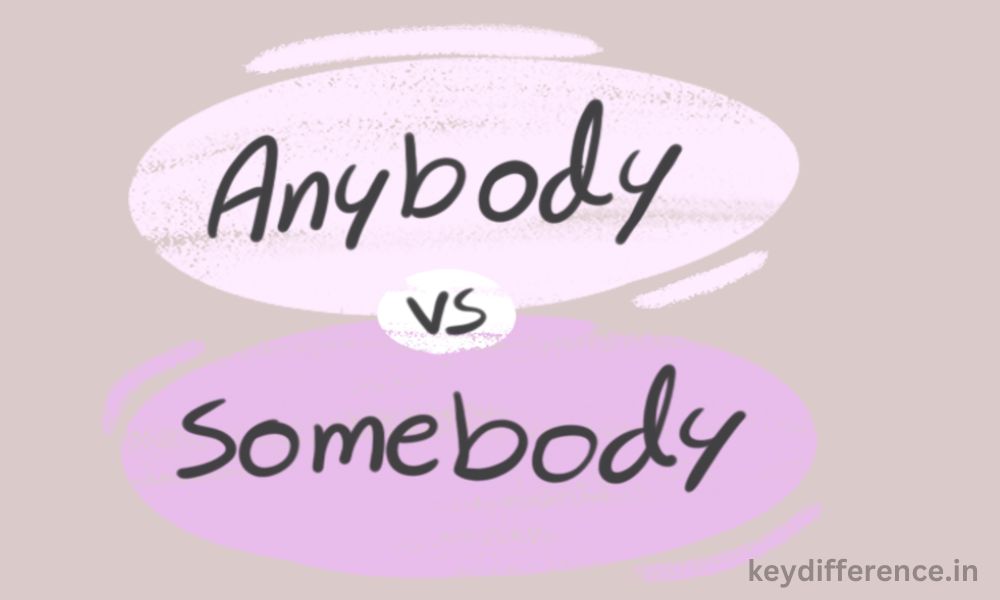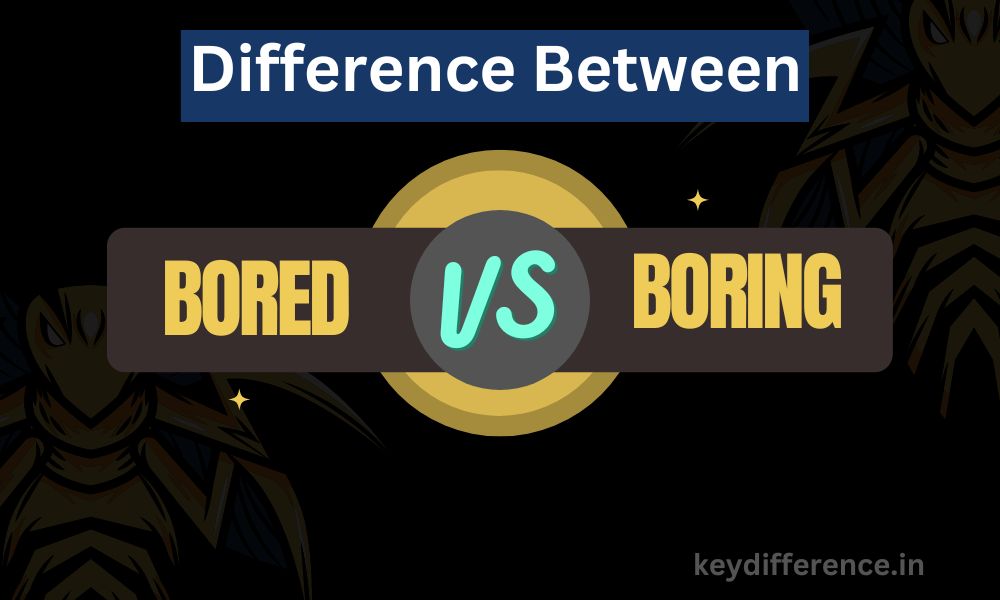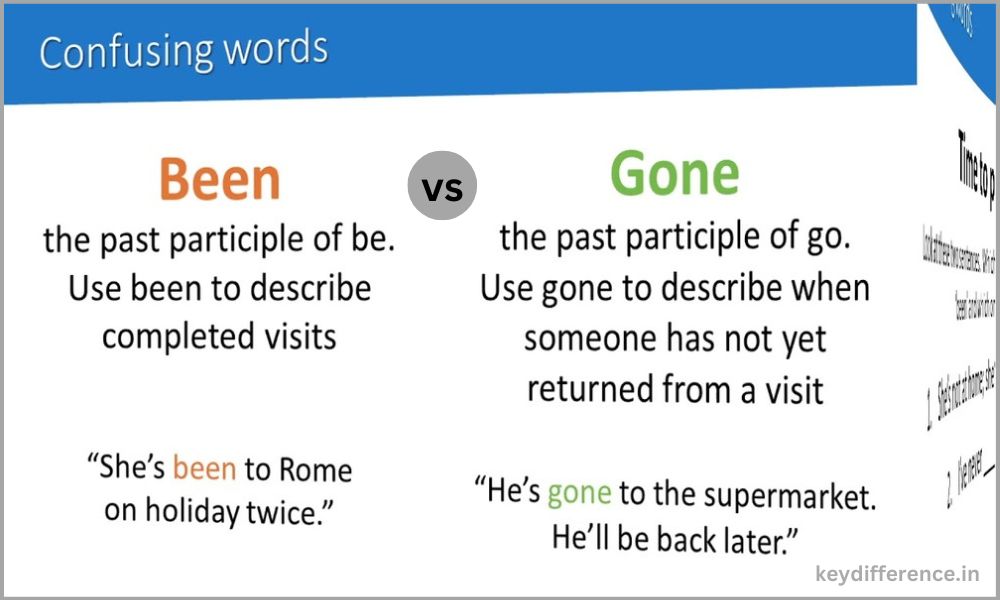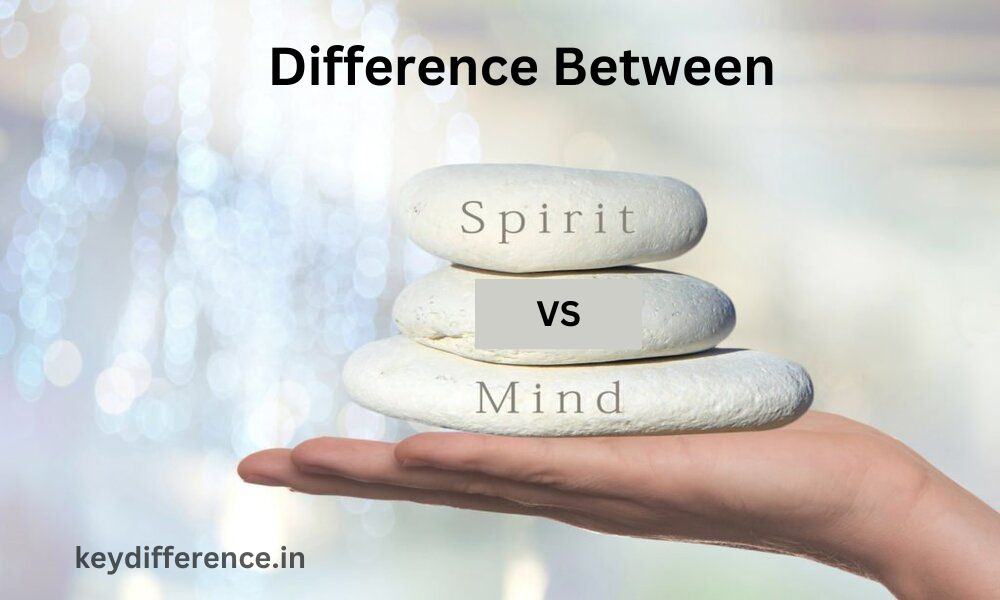What are Open Questions?
The main differences between open and closed questions can be summarized in terms of structure and format, response types, depth of information obtained, and their use in different situations.Open questions are those that let the participant provide an elaborate and comprehensive response. The purpose of these questions is to prompt more than a straightforward”yes or no” answer, and encourage people to express the thoughts and feelings and experience.
The most common way to phrase open questions is with terms such as “what,” “how,” and “why,” and can be utilized in a variety of situations like surveys, interviews or even informal conversations. Examples of open-ended questions are:
- How do you feel of this idea?
- What did you feel like when you first heard about the news?
- Why do you believe it is the case?
- How was your experience using that product?
The purpose of open questions is to collect more data and gain a greater comprehension of the person’s view or circumstance. They are especially helpful in tackling difficult subjects or attempting to establish trust with an individual.
Through asking questions that are open will show you’re interested in what the other person is saying and are willing to hear their responses.
What are the Closed Questions?
Closed questions are those that generally require a short or precise response, typically only requiring an easy “yes” or “no” answer, or a specific element of information. These types of questions are intended to get specific facts and details quickly and effectively.
Closed questions are typically composed of words such as “is,” “are,” “do,” or “did,” and are typically employed in surveys or to seek confirmation of an event or particular piece of information. Examples of closed questions are:
- Are you planning to attend the event?
- Did you finish your homework?
- Is this the correct address?
- Have you visited New York?
Closed questions are helpful in obtaining specific information and are a great method of gathering data in a very short time. However, they could reduce what information that you get and might not offer the information or context that open-ended questions can offer.
If they are used in a way that isn’t appropriate closed questions may appear harsh or confrontational, which is why it is important to utilize them in the appropriate context and in the appropriate tone.
Comparison Table of Open and Closed Questions
Here’s a table of comparison that highlights the key distinctions between closed and open questions:
| Answers to Open Questions | Opened-ended Questions |
| Make sure to provide detailed and thorough responses | You will need to provide concise or specific responses |
| Begin with words such as “what,” “how,” and “why” | Begin by using words such as “is,” “are,” “do,” or “did” |
| Inspire personal opinions, experiences and emotions | Collect specific details or information. |
| This can lead to a better understanding of one’s own perspective | Be sure to limit the quantity of information gathered |
| Useful in surveys, interviews or even informal conversations | Typically, they are used in surveys or in the process of seeking confirmation |
| Need more time and energy to respond | Answers can be provided promptly and quickly and |
| It is possible that they will not give clear solutions | Give clear, concise answers |
| It could be interpreted as a more casual | Could be perceived as being more confrontational or direct. |
| Example: “What do you think about this idea?” “How did you feel when you heard the news?” | Example: “Are you coming to the party?” “Did you finish your homework?” |
It is important to remember that both closed and open questions have distinct advantages and disadvantages and deciding on the appropriate kind of question is contingent in the setting and goal of the discussion or survey. Combining both closed and open questions can be efficient for gathering extensive data.
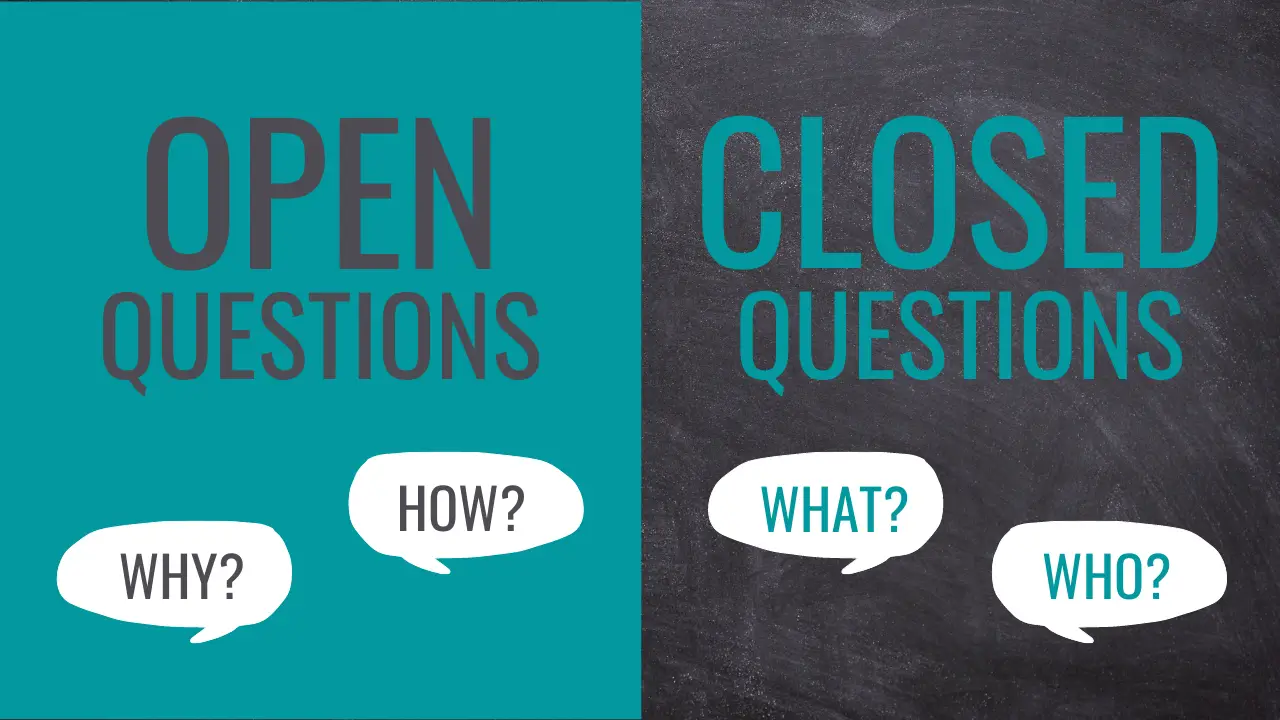
Examples of open-ended questions
Here are a few examples of open-ended questions:
- How do you feel of this idea?
- What were your feelings when you first heard about the news?
- What are the reasons you believe this is the case?
- How was your experience using that product?
- What would you say about your ideal holiday?
- What do you think about the political environment?
- Do you have a story to share about an instance where you conquered a hurdle?
- What do you think we could improve our customer service?
- What would you consider to be your most significant accomplishment?
- What drives you to do your best?
Open-ended questions are intended to encourage people to openly share the thoughts and feelings and experiences. They can be helpful in many different contexts for example, in interviews or surveys, or in informal conversations. They permit an elaborate and comprehensive responses, and could result in a greater understanding of the perspective of the person.
Examples of closed-question questions
Here are a few examples of closed-question questions:
- Are you planning to attend the celebration?
- Did you finish your homework?
- Is this the correct address?
- Are you familiar with New York?
- Are you feeling well today?
- Did you enjoy the film?
- Are you available for a conference on the horizon?
- Did you complete the task you started?
- Are you the first person to be using our website?
- Do you prefer tea or coffee?
Closed-ended questions help help gather specific details or facts quickly and effectively. They usually require a short or specific response, typically restricted to the simple “yes” or “no” answer or a specific item of information.
Closed questions are typically employed in surveys, or to verify the truth or a specific piece of information. While they might not offer the same depth as open-ended questions, they may be helpful when efficiency or time is important.
Benefits of open-ended questions
There are many advantages when you use open-ended questions:
- Allows for detailed and extensive responses: Open-ended questions allow people to discuss ideas, thoughts and experiences, which can lead to more thorough and precise responses.
- Helps to understand the situation better: Allowing the person to elaborate their answer, asking open questions can give a greater understanding of their point of view or circumstance.
- Involves: personal thoughts and feelings open questions can assist to reveal personal thoughts and feelings which aren’t always disclosed through closed-ended questions.
- Engages people in conversation: Questions that openly invite interaction and conversation and help create a relationship between the person who asks questions and one who answers.
- Facilitates problem:Facilitates problem-solving and decision-making Open-ended questions are particularly useful in decision-making and problem-solving situations, since they bring forth thoughts and ideas that may not have been thought of in other ways.
- Could reveal new information: The open-ended nature of questions can reveal unanticipated and surprising facts, revealing information that could not have been discovered by closed-ended questions.
In the end, open-ended questions are a great method to gain a greater comprehension of the perspective of a person or circumstance, and aid in promoting conversations and engagement.
Benefits of using closed-question questions
There are many benefits when using closed questions:
- Gives precise details: Closed question are designed so that you can get specific details swiftly and easily, which allows an easy and concise answer.
- Limits ambiguity: Closed question usually require an “yes” or “no” answer or a specific piece of information. This can aid in removing ambiguity and give clarity.
- A good way to confirm: Closed questions are useful to verify specific details or facts, assuring that all participants are on the same level.
- It can be used to manage the flow of conversation: Closed question can help steer a conversation, or to keep the conversation focussed on a specific topic.
- Time-efficient: Closed-ended questions can be answered in a short time which makes them a valuable time-saving instrument for gathering data.
Although closed questions may not offer the same level of detail as open-ended questions however, they can prove to be an effective tool when specific information is required rapidly and quickly, like survey questions or when you need confirmation of a specific fact or information.
Conclusion
Both closed and open questions are useful in gathering data, and each offers its own advantages. Open-ended questions require detailed and extensive responses, encourage participation, and give new details, making them an effective method to gain a greater understanding of someone’s perspective or the situation.Closed questions, on contrary, offer specific details quickly and efficiently remove ambiguity and can be useful in confirming and control of conversations.
Selecting the right type of question will depend on the purpose and context for the discussion or the inquiry. Questions that are open can be useful in situations in which understanding and interaction are essential, while closed questions are beneficial in situations in which specific information or confirmation is required swiftly and effectively.If one can understand the advantages of both closed and open questions, you can utilize them to efficiently gather the information needed and reach the desired result.

